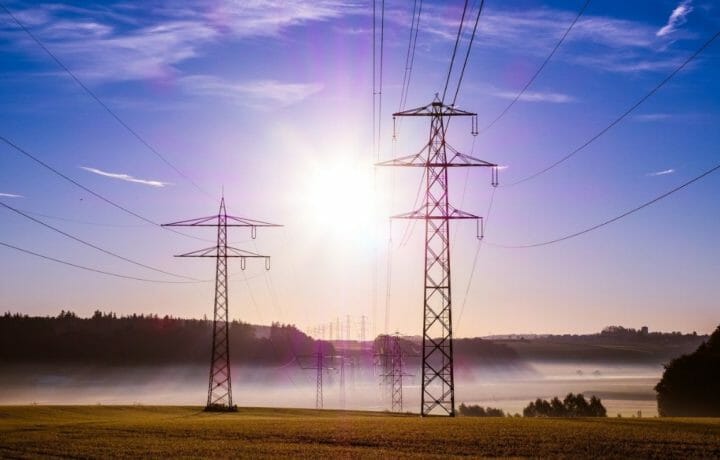In November, President Biden signed into law a $1 trillion dollar infrastructure bill, which will focus on improving things such as roads, the rail system, water, broadband coverage, and my favorite topic, cybersecurity. The money, or a large part of it, is dedicated to state and local agencies through direct payment and grant proposals. The bill, which was 2700 pages, is nicely summarized in 459 pages here by the White House. While the money and matching funds are a bit complicated to sort out as a whole, some of the money is directly allocated to the states to spend how they choose in certain areas and the rest come in the form of grants.
Job Opportunities in the Funds and Grants
When you look through the categories of funds and competitive grants highlights, a few stand out because they could open the doors for more cybersecurity jobs in the cleared industry:
- $50 Million in funds going to Small Electric Utilities and National Labs for Energy Sector Operational Support for Cyber Resilience. This program, ran by the DOE, is to expand cooperation of the DOE with the intelligence community for energy sector related threat collection, including an analysis center.
- $250 Million going to Utility Companies, National Labs, Manufacturers and Vendors to support development and deployment of advanced cyber applications and technologies. This could include such things as developing secure electric grids in today’s threat environment.
- $69 Million in funds going to academia, industry research, DOE labs and other funded research and development centers. The research should be focused on subjects such as electromagnetic GPS attack resilience and security testing of open source software.
- $14 Million to states, local agencies and academia to develop cyber defense tools which strengthen critical infrastructure.
- $400 Million to increase grant funding of the SECURE Water Act, which is already law, and focuses on cyber resiliency of industry controls of water departments.
Unprecedented Money on Infrastructure
This is just the tip of the iceberg and other programs could have a direct effect on national security. Many of these opportunities have not even hit the streets yet (but will any time now, according to sources). But the work that’s being done to shore up our nation’s infrastructure will require more cleared work going forward. It will be interesting to see if more federal agencies will move to support sponsoring more security clearances, as well as, the job growth that can happen from these funding efforts.
People are just one part of the puzzle. There are more questions as to facilities. Will there be more “fusion cell” type of facilities? Will there be an increase in classified information and open storage areas demands? What about secure remote communications-will this be an industry driver?
The other real big traffic cone participants must think about is that this is five-year money. Whatever is built needs to be sustainable. This is an unprecedented pile of money poured into our nation’s infrastructure. It holds more questions than answers on how it will affect the business of security.



